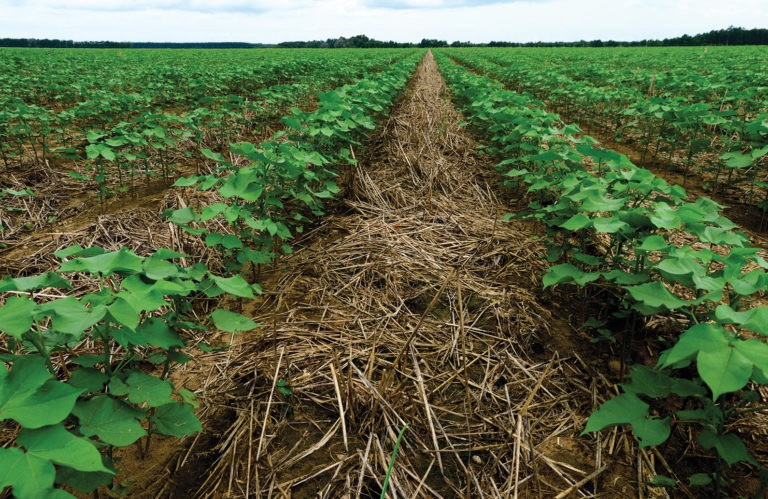
cover crops.jpg
Cover Crops: Green Blankets for Soil Health
Definition:
Cover crops, also known as green manure or living mulch, are crops planted primarily to protect and improve the soil rather than for harvesting. These crops are typically grown during periods when the main cash crop is not in the field, such as between growing seasons or in fallow periods, to provide a range of benefits for soil health, fertility, and productivity.
The Role of Cover Crops:
Cover crops play a crucial role in sustainable agriculture by addressing various soil management challenges and enhancing ecosystem services. Unlike cash crops, which are grown for market sale or consumption, cover crops focus on replenishing soil nutrients, suppressing weeds, controlling erosion, and improving soil structure.
Fall off the barn roof and busted your keister? Life on the farm or ranch can be tough on the bum. Need a break? Laugh it off at FarmerCowboy.com, the #1 farm humor site. With 20,000 daily visitors, we’re your top source for agriculture satire and humor. Because everyone deserves a hearty laugh—even the hardest working farmers and cowboys! Join us and turn those long days into fun tales at FarmerCowboy.com.
Benefits of Cover Crops:
The benefits of cover crops extend beyond soil health to encompass environmental, agronomic, and economic advantages. Some of the key benefits include:
- Soil Erosion Control: Cover crops protect the soil from erosion by shielding it from the impact of raindrops, wind, and runoff. The dense foliage and root systems of cover crops help to hold soil in place and prevent sedimentation in water bodies.
- Weed Suppression: Cover crops compete with weeds for sunlight, water, and nutrients, reducing weed growth and the need for herbicides. Certain cover crops also release allelopathic compounds that inhibit the germination and growth of weed seeds.
- Nutrient Cycling: Cover crops capture and recycle nutrients from deeper soil layers or residual fertilizers, preventing nutrient leaching and improving nutrient cycling within agroecosystems. Leguminous cover crops, such as clover and vetch, can fix atmospheric nitrogen, enhancing soil fertility and reducing the need for synthetic fertilizers.
- Soil Structure Improvement: The root systems of cover crops penetrate and loosen compacted soils, improving soil structure, aeration, and water infiltration. This enhances the root environment for subsequent cash crops, promoting better root development and nutrient uptake.
- Pest and Disease Management: Some cover crops, such as mustard and marigold, release biochemicals that suppress soilborne pests and pathogens, reducing the incidence of crop diseases and pest infestations.
Implementation Considerations:
Successful cover crop management requires careful selection of species, timing of planting and termination, and integration with crop rotation or cropping systems. Farmers must consider factors such as climate, soil type, cropping objectives, and available resources when designing cover crop strategies.
Conclusion:
In conclusion, cover crops are versatile tools for promoting soil health, biodiversity, and sustainability in agriculture. By harnessing the ecological functions of cover crops, farmers can enhance the resilience and productivity of their farming systems while minimizing environmental impacts and improving long-term profitability.
References:
- Sustainable Agriculture Research & Education. (n.d.). Cover Crops. https://www.sare.org/Learning-Center/Books/Managing-Cover-Crops-Profitably-3rd-Edition/Text-Version/Cover-Crop-Basics
- University of California Agriculture and Natural Resources. (n.d.). Cover Crops. https://ucanr.edu/sites/covercrops/
- Rodale Institute. (n.d.). Cover Crops. https://rodaleinstitute.org/why-organic/organic-farming-practices/cover-crops/
Originally posted 2013-04-30 20:04:56.
Originally posted 2024-06-26 03:04:28.
Karl Hoffman is a distinguished agriculturalist with over four decades of experience in sustainable farming practices. He holds a Ph.D. in Agronomy from Cornell University and has made significant contributions as a professor at Iowa State University. Hoffman’s groundbreaking research on integrated pest management and soil health has revolutionized modern agriculture. As a respected farm journalist, his column “Field Notes with Karl Hoffman” and his blog “The Modern Farmer” provide insightful, practical advice to a global audience. Hoffman’s work with the USDA and the United Nations FAO has enhanced food security worldwide. His awards include the USDA’s Distinguished Service Award and the World Food Prize, reflecting his profound impact on agriculture and sustainability.



